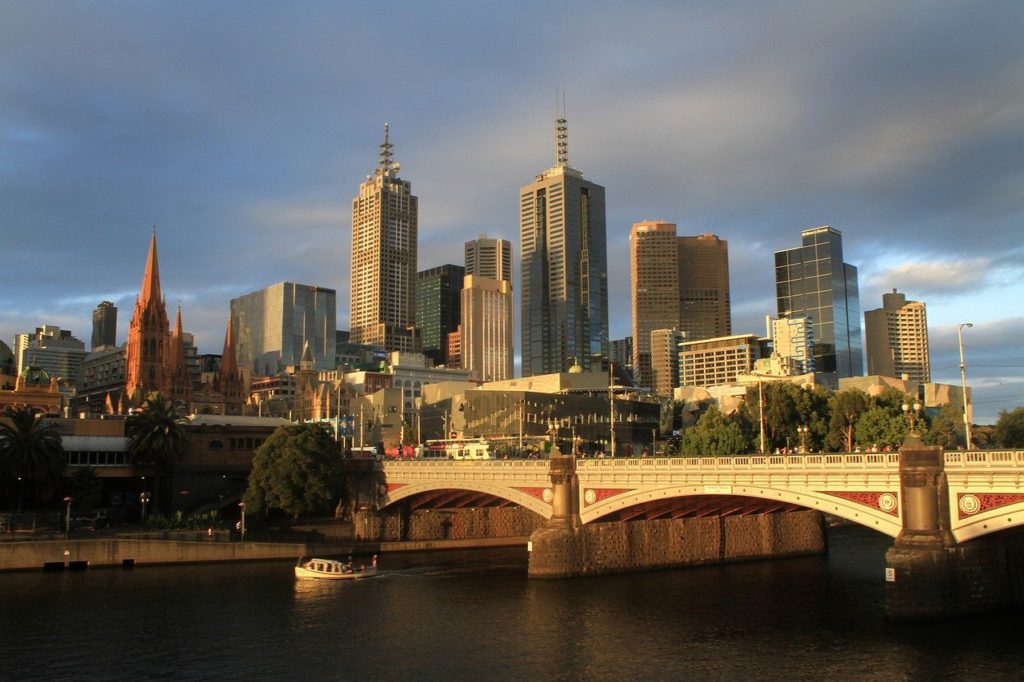Those in Melbourne, Australia enjoy a diverse cultural offering on par with many cosmopolitan cities around the world. From cosy inner-city pockets full of trending cafes to wide, leafy streets with a communal feel, there are plenty of areas to choose from when you move to Melbourne. Melbourne’s inner-city suburbs offer easy access to city life.
Melbourne is the furthest south city in Australia and is becoming more expensive. In Melbourne, as in other major Australian cities, people move to the central business district (CBD), and the more expensive houses are smaller.

The Demographia International Housing Affordability Survey 2018 found that Melbourne was the fifth most expensive city in the world in terms of housing. Melbourne is located at the southern tip of Australia and is therefore isolated from other major cities in other countries. Melbourne migration has become popular as many people move every month to Melbourne, it is also the second most expensive city in Australia and one of the most expensive cities to live in.
According to the site Expatistan, which summarises the average cost of world cities, a simple lunch in Melbourne costs about AU $17 for a dozen eggs, $6 for a two-litre Coca-Cola, $320 for two cinema tickets, $38 for a month’s membership in the CBD gym, $77 for a public transport ticket and $143 for all else. Australia has some of the most expensive places in cities such as Sydney and Melbourne, so you need to save every penny you’re working and ensure that you have at least $5,000 to survive a few months away from work.
If you’re heading to Melbourne, you can start getting excited about the city with a cup of AFL fever and a good morning coffee.
People moving to Melbourne enjoy lower pollution rates, better weather and a better property income compared to London. Rental prices are falling, and in Australia, you get more for your money with cheaper trams and trains in the Melbourne suburbs. If you’re a coffee fan, moving to the city of Melbourne is the best thing you can do.
Melbourne is one of those cities where you can wander around and do great things. Like Sydney, Melbourne’s suburbs are known for certain things. An expat moving to Melbourne suggests expats should look for areas that are suitable for their work and lifestyle.
Every time someone has asked me in the past what I would see if I lived in Melbourne, I’ve said Sydney is the perfect city for raising your family or if you are single and looking for a network. Melbourne, the capital of the Australian state of Victoria, is the opposite of Sydney – it is a European city, whether it is the climate or the architecture. It’s a city without the CBD, a real city with views, blocks of flats high enough to live in and put you on a street, close to train stations and places to work.
If you plan to move to Melbourne in the future and don’t know what to expect, the expert tips of this article will help you move and settle in.
Melbourne is Australia’s largest city and the capital of the southeastern state of Victoria. Many people consider it to be one of the world’s most livable places, with crime comparable to that in New York City. After three years of passionate exploration, I convinced my family that Melbourne is one of the largest cities in the world and we could move to Melbourne due to the global talent visa 858.
Moving to Melbourne means you’ll be pampered with an average temperature of 25C in summer and 10C in winter, which is in many ways better than the UK.
As soon as you arrive in Melbourne, you will notice that there are trams all over the city. Trams are the preferred way to get to Melbourne and you’ll find the seats are always full, so if you want to leave home, you’ll have to take a ride to your destination.
To find out more about the Melbourne suburbs and the CBD, visit the Melbourne CBD website, run by the City of Melbourne Council. There are eight parks in the city that are not leashed for dogs, a map of which can be found on the City of Melbourne website.